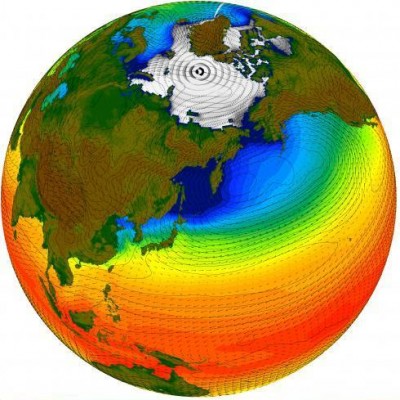
This funding opportunity focuses mainly on the development and validation of scale-aware physics parameterizations for the atmosphere, with the goal of including these in either the current or next generation version of ACME. A recent workshop report describes a new strategy to better align DOE capabilities across scales and disciplines in order to much more rapidly advance ACME development. In line with this strategy, this announcement solicits team projects led by DOE national laboratories including collaborators from other institutions that will work in an end-to-end manner between measurements and modeling, and across scales from local and/or regional to global, in order to improve the fidelity of global climate model simulations with a view to enhanced predictability and address critical climate science challenges.
BER’s atmospheric research includes the ARM Climate Research Facility, and the activities of the Atmospheric System Research and Earth System Modeling (ESM) programs. CMDV offers an opportunity to leverage and combine these capabilities to ensure that DOE atmospheric measurements, process understanding and modeling, and parameterization development can be effectively utilized in an earth system model, as demonstrated by a careful evaluation plan. The processes to be targeted as part of the CMDV activity must be observed, modeled, and validated over a range of scales, from field to the ESM grid-scale.
More details are available in laboratory announcement LAB 16-1530 and the companion funding opportunity announcement DE-FOA-0001530.
Letters of intent should be submitted by the lead DOE national laboratory though the DOE Office of Science Portfolio Analysis and Management System (PAMS) by 5:00 p.m. Eastern Time Thursday, March 3, 2016. Full proposals/applications will be due on March 25 at 11:59 p.m. Eastern Time.
More details on the required pre-application information are given in the funding announcement. Applicants for multi-institutional projects should submit a single pre-application by the lead institution identifying all project participants.
Please send all inquiries regarding these announcements directly to ASR Program Managers Ashley Williamson and Shaima Nasiri.
This work was supported by the U.S. Department of Energy’s Office of Science, through the Biological and Environmental Research program as part of the Atmospheric System Research program.

